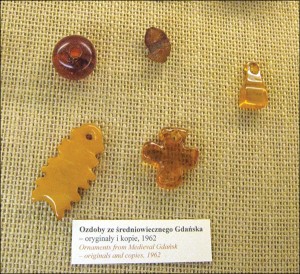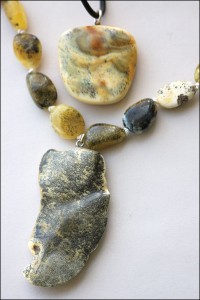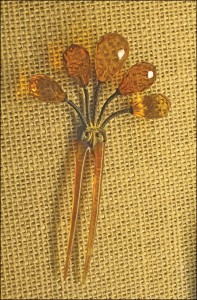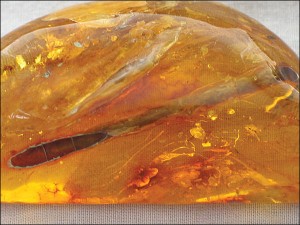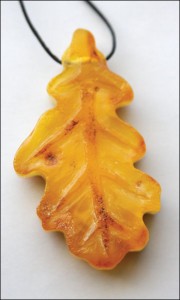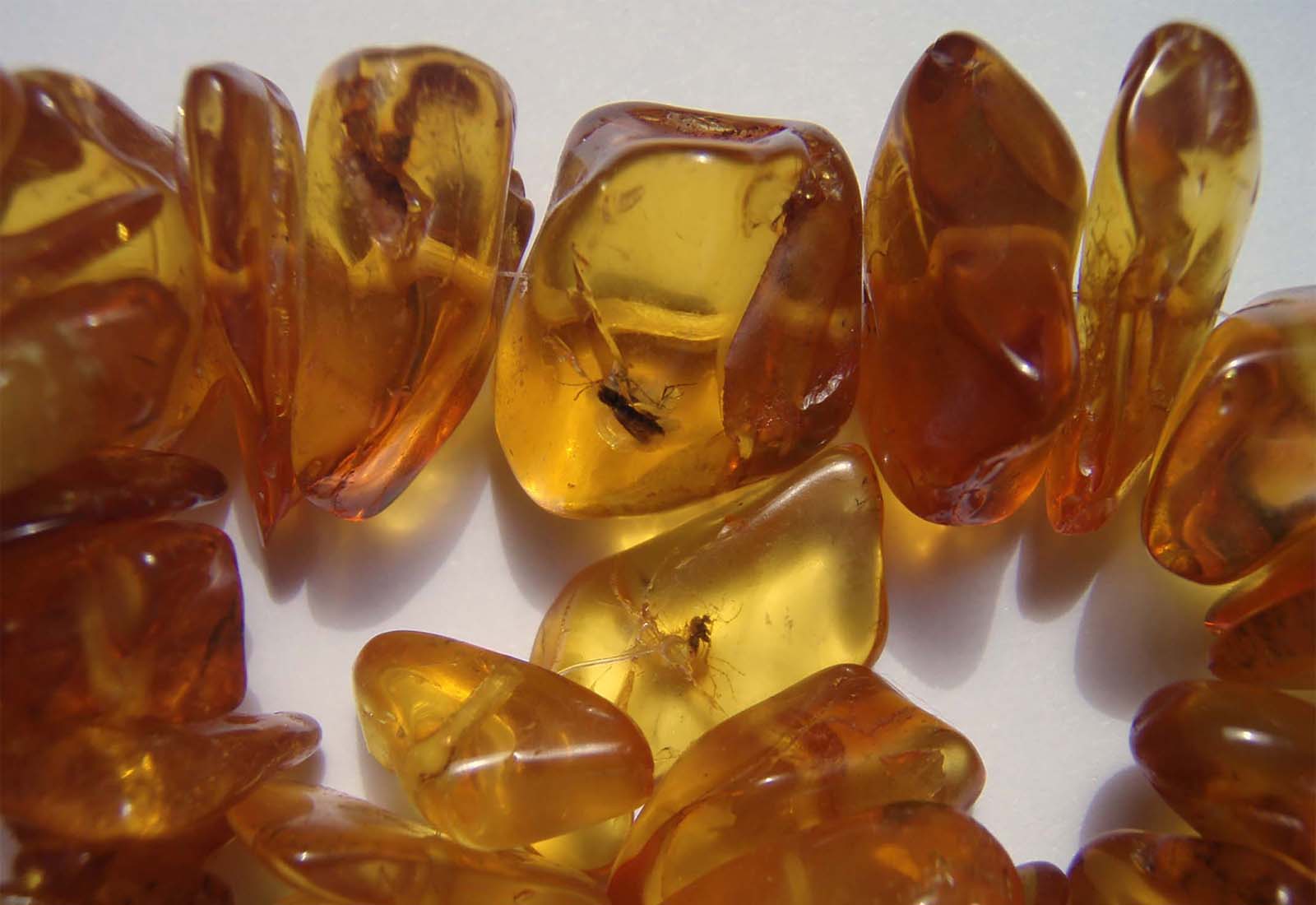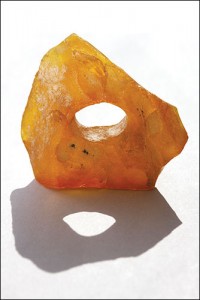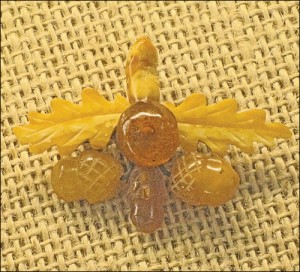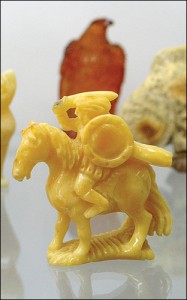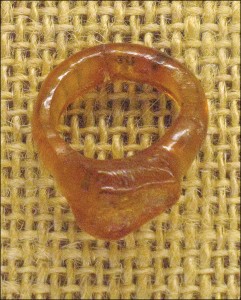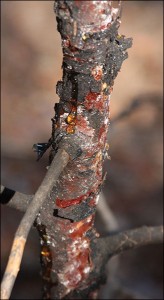 For as long as humans have been crafting and valuing objects of beauty, Baltic amber has been treasured. This 50-million-year-old resin stands out among jewels as lightweight, warm, and fascinating in the way it plays with light.
For as long as humans have been crafting and valuing objects of beauty, Baltic amber has been treasured. This 50-million-year-old resin stands out among jewels as lightweight, warm, and fascinating in the way it plays with light.
The resin that became Baltic amber was produced by coniferous forests in the geological Tertiary era. For centuries, it was gathered at the shore, off of the sand or later with specialized nets and tools. Today, amber is much harder to collect without mining. Extracted from Eocene blue mud, the greatest deposits are found in Poland, near Gdansk.
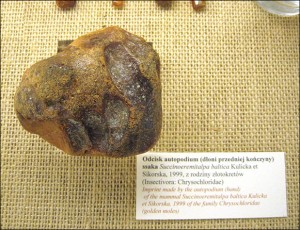
Glimmering in the sun, it trapped insects and other small creatures, and encased forest debris. Occasionally animal imprints were preserved, as well as flowers and leaves. Such artifacts, when visible to the naked eye, are extraordinarily rare and greatly increase the value of the amber that contains them. The history of a piece of amber can be seen in natural holes left from twigs that disappeared long ago, candlewax-like drips overflowed by more resin after the first flow hardened, or tree-ring patterns in cross sections. The conditions under which the amber was deposited, the particular type of tree that produced it, and weathering can all affect the colors and patterns seen in a particular piece.
Unlike resins that are also called “amber” from much younger sources (i.e. Dominican, Columbian), Baltic amber has dozens of naturally occurring colors, and is far more stable and durable. One of the rarest colors is blue—most often appearing as black-speckled white amber, with blue streaks from the staining effects of the mud in which it was found. While the honey golden and cognac-like colors are most often associated with amber, it can range from almost pure white through mossy green and garnet red to nearly black.
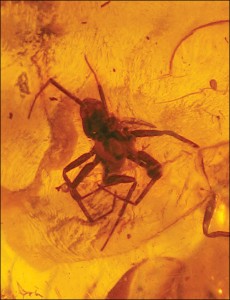
Amber appears in the lore of many cultures. It has been associated with the Norse Goddess Freya, mentioned by Homer in the Odyssey, and documented as of extreme value during Roman times, when a small carved amber figure of a man could command as high a price as a man sold as a slave.
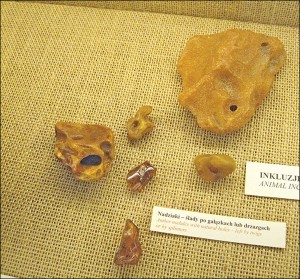
As skills and tools evolved over time, the ornaments fashioned from amber became more sophisticated. Early necklaces or earrings often incorporated rare and costly imported beads of jet or glass along with amber. Methods of enhancing the natural color, such as heating in specific types of oil, also were developed. Particularly skilled artisans faceted amber as well as carving it into beautiful jewelry and decorative objects.
Amber particles ranging from the size of dust to gravel have been used in healing tinctures and incense. Just as many gems have healing qualities attributed to them, amber has long been sought as a source of well-being. While amber has been thought to remedy a number of ills, it is also said to enhance the body’s energy, by harmonizing and grounding. Amber’s electrical properties are well known, often demonstrated by rubbing it against wool and then utilizing the static charge to attract bits of paper.
Minute particles of amber are also used to make “reconstituted” or “pressed” amber. While far cheaper than the original, most who know and value amber avoid these articles as well as other imitations on the market. Unless you’re equipped to do infrared absorption spectroscopy on your amber, there is no method of testing for real amber without damaging the piece.
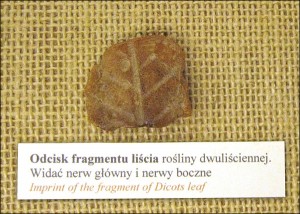
Seek out Baltic amber that feels right for you, as well as delighting your eyes. We suggest that you purchase your amber only from trustworthy merchants, who truly appreciate this treasure. We’re purists—we offer only genuine, original Baltic amber.
